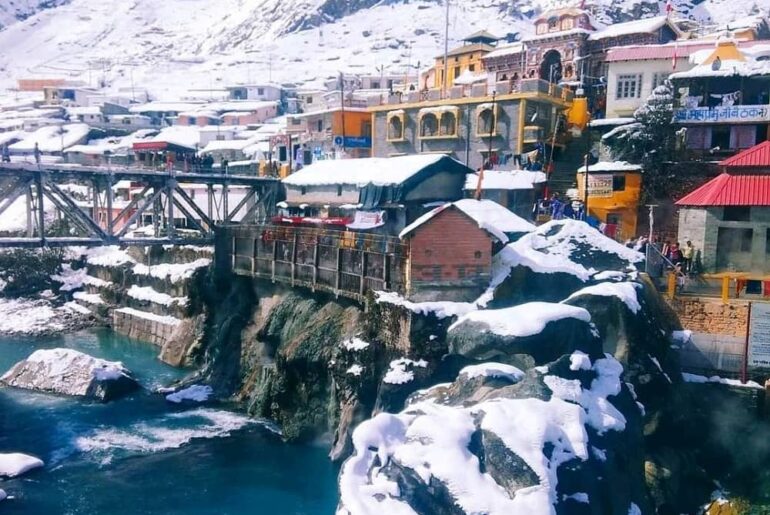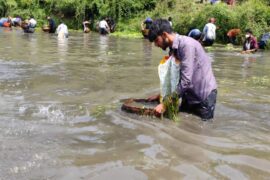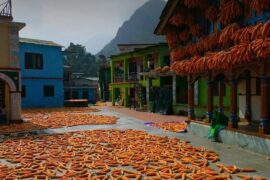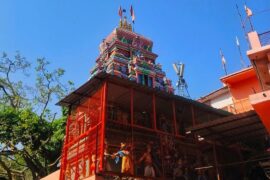Discover Badrinath Temple History and how it was built
The Badrinath Temple holds great historical significance as it was established by Adi Shankara, who installed the temple and set up his own people, the Nambudiris, as the traditional priests. Even today, the descendants of those families continue to serve in the temple.
Adi Shankara, who was born in Kaladi, Kerala, more than a thousand years ago, walked over 3,000 kilometers from south to north and east to west, traveling all over the country four times.
Overview: Badrinath Temple History
In the 16th century, the King of Garhwal shifted the idol of Lord Vishnu to the current temple premises, where it was worshipped from then on.
After the Garhwal district was divided, the area of the Badrinath Temple came under British rule, but the King of Garhwal remained in charge of the temple’s management.
Following a devastating earthquake in 1803, the temple was rebuilt by the King of Jaipur, and the renovation process continued until the First World War.
Despite the passage of time and many changes in rulership, the Badrinath Temple remains a significant pilgrimage site and a revered symbol of faith for many.
Govind Ghat to Badrinath
Despite the fact that the town isn’t very well-kept, the rest of the area is incredibly beautiful. The drive from Govind Ghat to Badrinath is probably one of the most stunning drives you can take anywhere in the world. The mountains are breathtaking. I have never seen anything like it in my life.
It’s amazing to think that thousands of years ago, people would venture into these mountains with no roads, cars, or maps to guide them.
If you want to make progress on the path of yoga, you need this same attitude. Keep going even when you don’t know where the journey will take you. Remember, it doesn’t matter where it begins or where it ends. All that matters is that you keep going. Unless a person has this strength within themselves, the spiritual path is out of the question.
Festivals
Badrinath Temple celebrates a number of festivals throughout the year, but the most important one is the Mata Murti ka, Mela.
This festival is held in September to mark the arrival of the River Ganga on Earth. The mother of Badrinath is worshipped as Mata Murti, and it is said that she divided River Ganga into 12 sections for the welfare of earthly beings.
The Badri-Kedar festival is celebrated in the month of June and lasts for 8 days. It is a time when artists from all over India come together to perform.
When the temple closes in winter, it is the auspicious day of Bhatridwitya in October-November. On this day, an Akhand Jyoti is lit with ghee in it to last for six months.
Best time to visit
Though the Badrinath temple is open to the public for six months out of the year, the best time to visit is between May and June or September and October, when the weather conditions are more favorable.
Badrinath Temple History Badrinath Temple History Badrinath Temple History Badrinath Temple History Badrinath Temple History




Comments are closed.